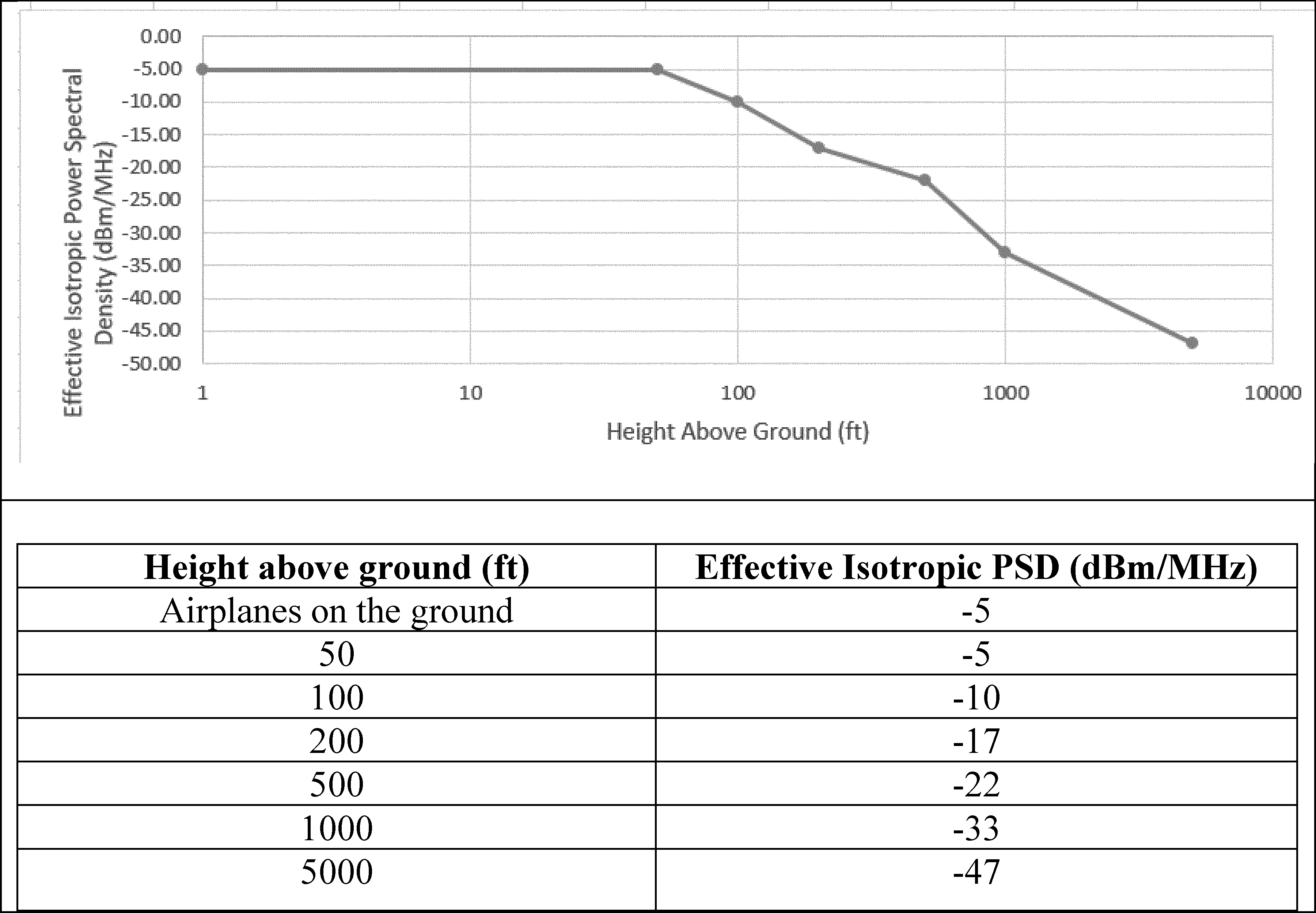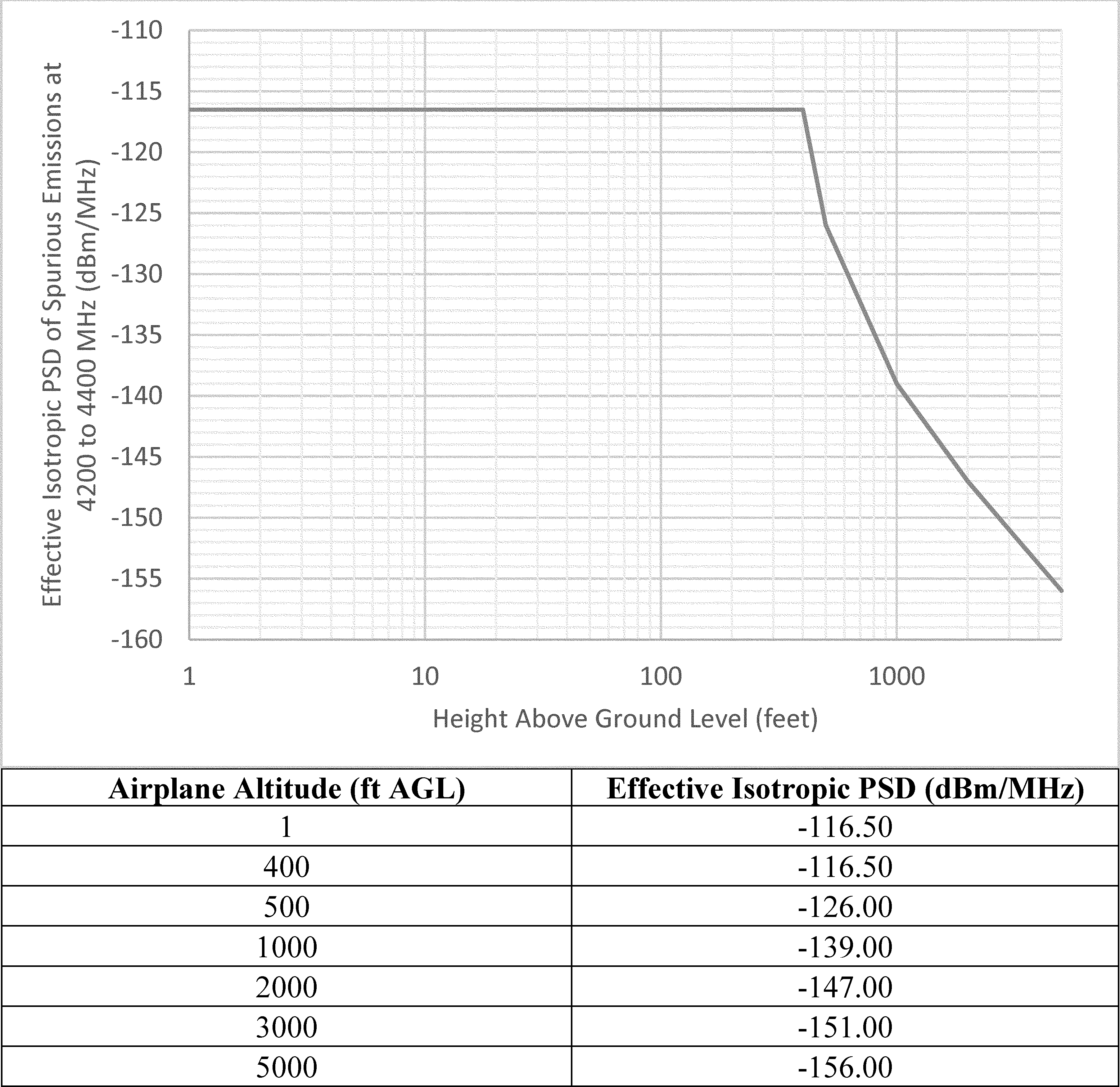5g c-band Transport/COMMUTER AIRPLANES
Contiguous United States
July 1, 2023, until Further notice
The FAA has placed limitations on all transport and commuter category airplanes equipped with a radio altimeter, that are not radio altimeter tolerant (they do not demonstrate the tolerances specified in Figures 1 and 2 below)i. The FAA determined that radio altimeters cannot be relied upon to perform their intended function if they experience interference from wireless broadband operations in the 3.7 – 3.98 GHz frequency band (5G C-Band). Radio altimeter anomalies that are undetected by the automation or pilot, particularly close to the ground (e.g., landing flare), could lead to loss of continued safe flight and landing. Additionally, radio altimeter anomalies could lead to increased flightcrew workload and flightcrew desensitization to warnings. Relevant 5G C-Band information in the contiguous U.S. can be found on the FAA’s website: www.faa.gov/5g.
The FAA developed interference tolerance requirements for radio altimeters that can be used across the affected fleet. A framework and method to demonstrate an airplane is “radio altimeter tolerant” is described in FAA’s policy statement, Demonstration of Radio Altimeter Tolerant Aircraftii. A ‘‘radio altimeter tolerant airplane’’ is one for which the radio altimeter, as installed, demonstrates the tolerances specified below and in Figures 1 and 2:
- Tolerance to radio altimeter interference, for the fundamental emissions (3.7-3.98 GHz), at or above the power spectral density (PSD) curve threshold specified in Figure 1; and
- Tolerance to radio altimeter interference, for the spurious emissions (4.2-4.4 GHz), at or above the PSD curve threshold specified in Figure 2.
A “non-radio altimeter tolerant airplane” is one for which the radio altimeter, as installed, does not demonstrate the tolerances specified in Figures 1 and 2. The FAA published an Airworthiness Directiveiii to address the unsafe condition for “non-radio altimeter tolerant airplanes.” The FAA strongly urges operators of foreign-registered airplanes to voluntarily comply with the actions required by the U.S. Airworthiness Directives (AD) related to 5G C-Band interference1.
The Transport/Commuter AD prohibits the following operations in the contiguous U.S.:
- Instrument Landing System (ILS) Instrument Approach Procedures (IAP) SA CAT I, SA CAT II, CAT II, and CAT III
- Automatic Landing operations
- Manual Flight Control Guidance System operations to landing/head-up display (HUD) to touchdown operation
- Use of Enhanced Flight Vision System (EFVS) to touchdown under 14 CFR 91.176(a)
Figure 1 –Fundamental Effective Isotropic PSD at Outside Interface of Airplane Antenna

Figure 2: Spurious Effective Isotropic PSD at Outside Interface of Airplane Antenna
(See https://www.regulations.gov/document/FAA-2022-1647-0095)

(AFS-400, June 2023) [Published 6/23/23]
i The FAA uses a layered approach to safety; therefore, more than one airworthiness directive may apply. AD 2023-10-02 applies to all transport and commuter category airplanes equipped with a radio altimeter. The FAA also issues airworthiness directives for specific aircraft models when there are additional hazards. Check manufacturer operator messages for more information.
ii FAA Policy Statement Demonstration of Radio Altimeter Tolerant Aircraft. Search policy number: PS-AIR-600-39-01 in Dynamic Regulatory System, AVS/AIR Policy Statements, Memos and Deviations: https://drs.faa.gov/browse/POLICY/doctypeDetails
iii Airworthiness Directives; Transport and Commuter Category Airplanes (AD 2023-10-02)


